Applications of TVB-N Analysis in the Seafood Industry
By. Sofie Thoriq - 03 Oct 2025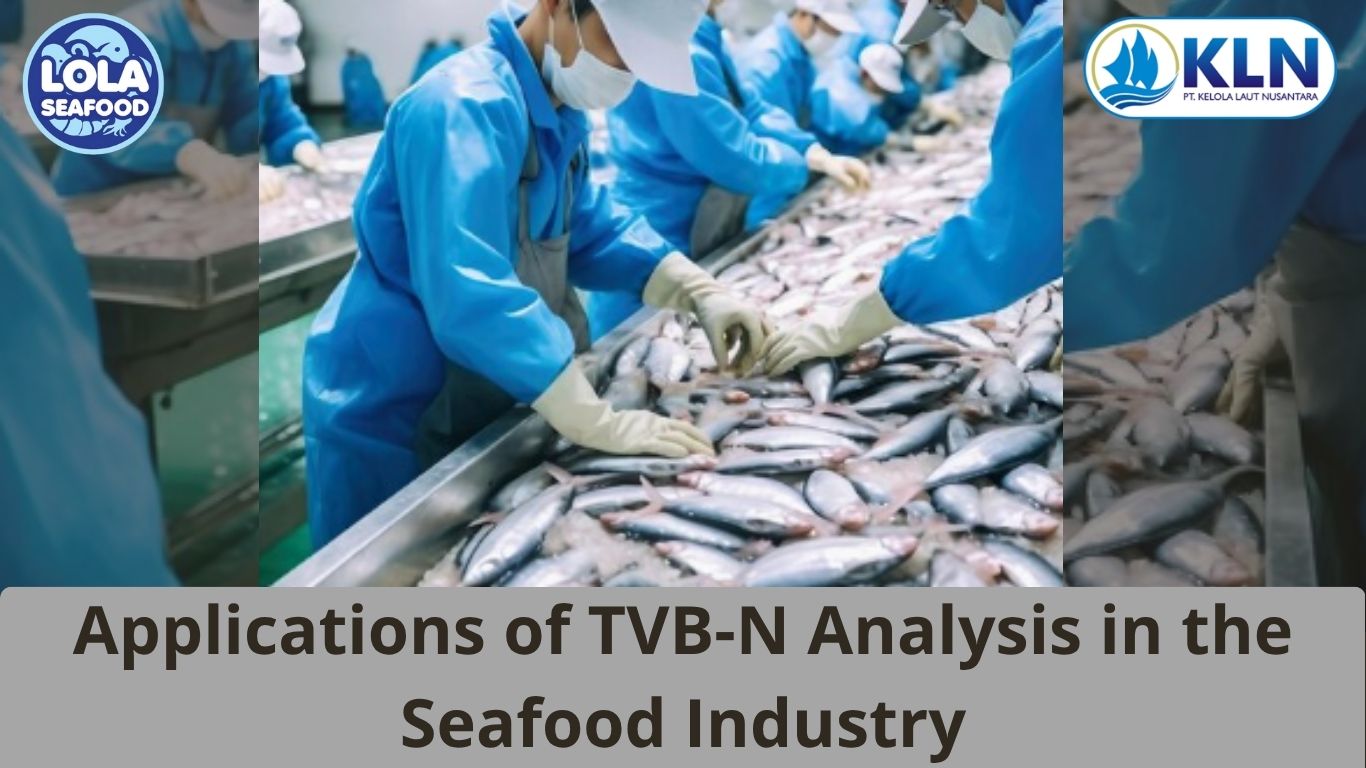
Kelolalaut.com The seafood industry is one of the most dynamic sectors in global food trade, where quality and freshness determine market value, consumer trust, and regulatory compliance. Among the various biochemical indicators used to assess seafood quality, Total Volatile Base Nitrogen (TVB-N) has emerged as one of the most reliable tools. TVB-N measures the concentration of volatile nitrogenous compounds—such as ammonia, trimethylamine, and dimethylamine—produced during microbial activity and protein degradation in seafood. As spoilage progresses, TVB-N levels rise, providing a quantifiable means of determining product quality. Its widespread use across the seafood sector demonstrates its critical role in ensuring both safety and marketability.
Quality Grading
One of the most significant applications of TVB-N analysis is quality grading. Seafood freshness is a key determinant of consumer preference, and TVB-N values provide an objective basis for classifying products. Generally, seafood can be grouped into three categories:
- Fresh fish: Characterized by low TVB-N levels, typically below 20 mg/100 g. At this stage, seafood retains its natural flavor, texture, and aroma.
- Acceptable fish: Intermediate TVB-N values, usually ranging between 20–30 mg/100 g, indicate reduced freshness but still acceptable for consumption.
- Spoiled fish: Values above 30–35 mg/100 g suggest significant microbial and enzymatic activity, rendering the seafood unsuitable for sale or consumption.
This classification system enables processors, retailers, and regulators to make consistent and science-based decisions about seafood quality. It also minimizes subjective judgment, ensuring fair trade practices in domestic and international markets.
Shelf-Life Determination
Seafood is highly perishable, and determining realistic storage durations is critical for maintaining quality and avoiding waste. TVB-N analysis serves as a benchmark for shelf-life determination by monitoring the progression of spoilage under different storage conditions. For instance:
- Fish stored in ice may remain within acceptable TVB-N limits for several days.
- Products in modified atmosphere packaging (MAP) or vacuum packaging often exhibit slower increases in TVB-N, extending shelf life.
- Frozen seafood generally shows a much slower rate of TVB-N accumulation, depending on storage stability.
By establishing correlations between storage conditions and TVB-N levels, seafood companies can set accurate expiration dates and optimize logistics, reducing both food loss and economic losses.
Regulatory Inspection
In international seafood trade, compliance with food safety regulations is essential. Regulatory authorities routinely employ TVB-N testing as part of their inspection procedures for imported and exported seafood. Different regions and markets have established maximum allowable TVB-N limits to ensure safety and freshness. For example, the European Union typically sets upper limits for TVB-N in different fish species to ensure consistent standards.
Exporters must therefore maintain rigorous quality control to meet these legal requirements. Failure to comply with TVB-N standards can result in rejected shipments, financial penalties, and reputational damage. As a result, routine TVB-N testing has become a cornerstone of seafood safety programs worldwide.
Research and Development
Beyond routine inspection and quality assurance, TVB-N analysis is widely applied in research and development (R&D) within the seafood industry. Preservation methods, such as modified atmosphere packaging, natural antimicrobial treatments, edible coatings, or novel freezing techniques, are often evaluated based on their ability to slow the accumulation of TVB-N. For instance:
- Researchers testing the effectiveness of plant-based preservatives monitor TVB-N values as a key spoilage indicator.
- Studies on storage temperature optimization rely on TVB-N results to determine the most effective cold chain practices.
- Innovations in packaging materials are assessed for their ability to reduce microbial activity and nitrogen compound formation.
Through such applications, TVB-N analysis directly supports technological advancements that enhance product quality and extend shelf life, benefiting both industry and consumers.
Integration with Other Quality Indicators
Although TVB-N is an effective and widely accepted measure, it is often used alongside other parameters for a comprehensive assessment of seafood quality. Sensory evaluation (appearance, odor, and texture), microbiological testing (total plate count, specific pathogens), and chemical markers (histamine, lipid oxidation products) are frequently combined with TVB-N data. This integrated approach provides a more accurate understanding of spoilage processes and ensures that seafood quality control programs are robust and reliable.
The role of TVB-N analysis in the seafood industry is multifaceted, encompassing quality grading, shelf-life determination, regulatory inspection, and research and development. By providing an objective measure of spoilage, TVB-N testing ensures that seafood products meet both consumer expectations and legal requirements. It allows processors and exporters to maintain consistent product quality, supports innovation in preservation methods, and helps regulators safeguard public health. As seafood demand continues to grow globally, TVB-N analysis will remain an indispensable tool in balancing food safety, product quality, and industry competitiveness.
If youre interested in our Bonito Whole Round , Bonito Fillet Portion Cut and Bonito Fillet Loin please do not hesitate to contact us through email and/or Whatsapp
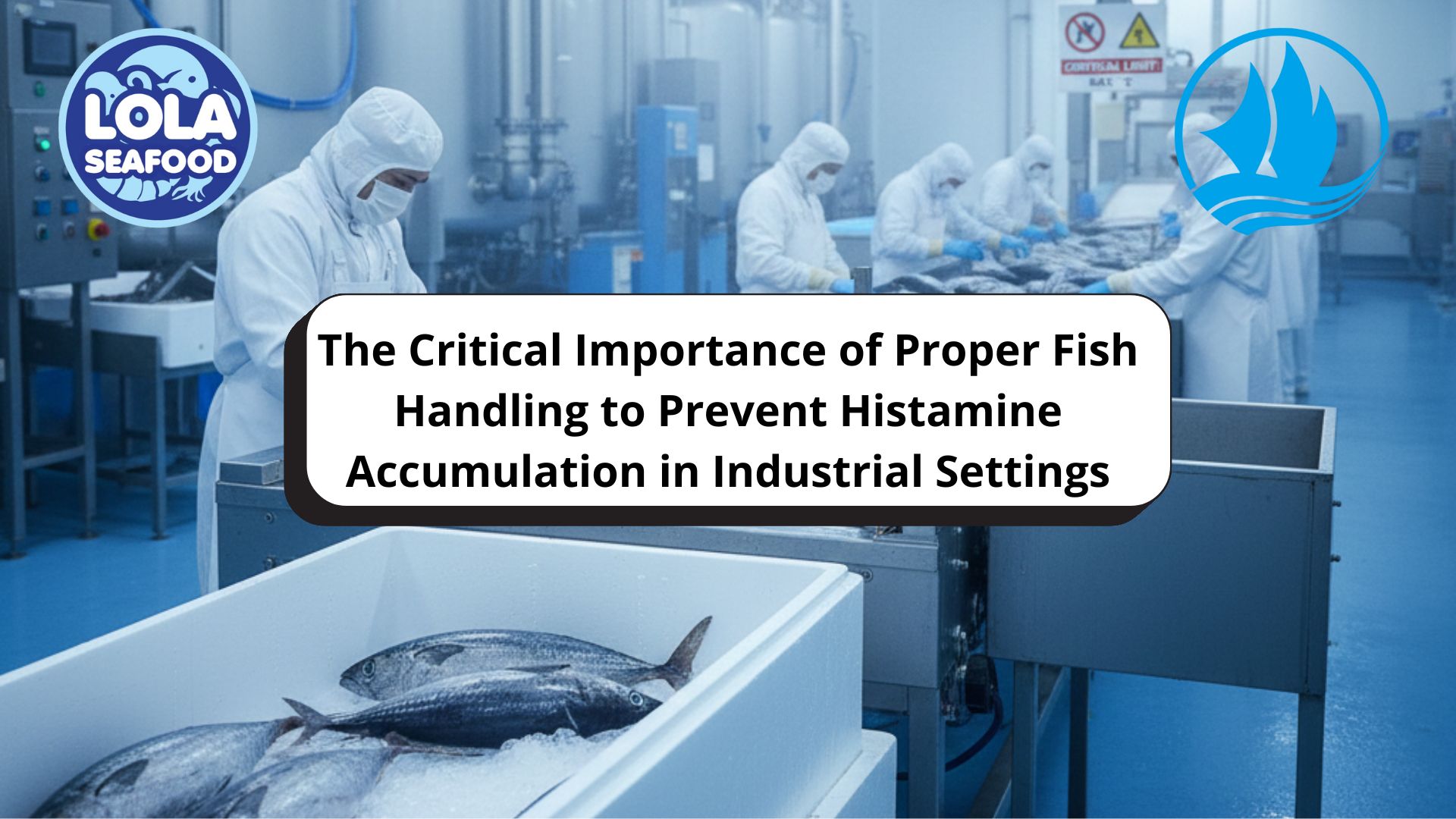
The Critical Importance of Proper Fish Handling to Prevent Histamine Accumulation in Industrial Settings
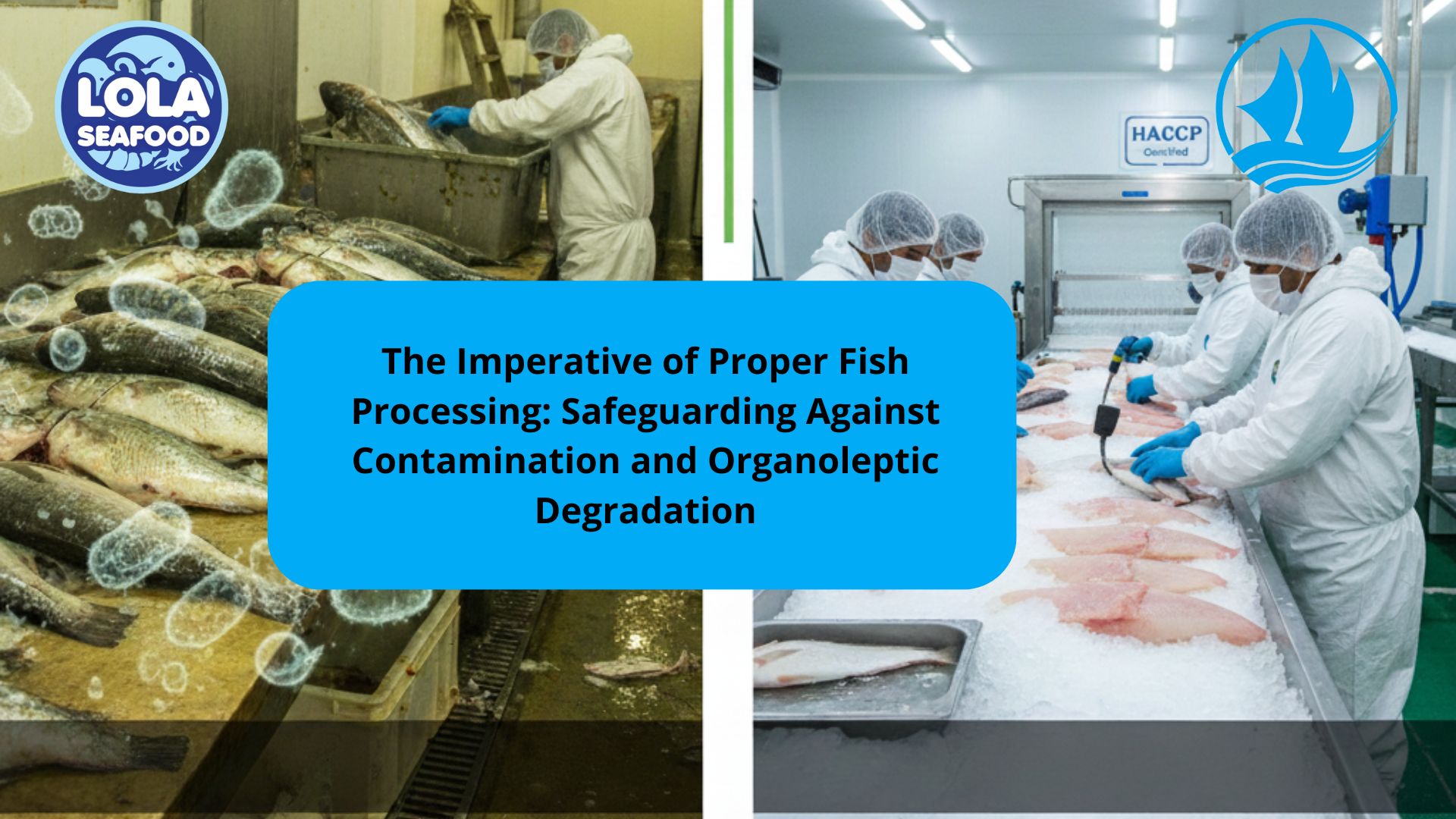
The Imperative of Proper Fish Processing: Safeguarding Against Contamination and Organoleptic Degradation
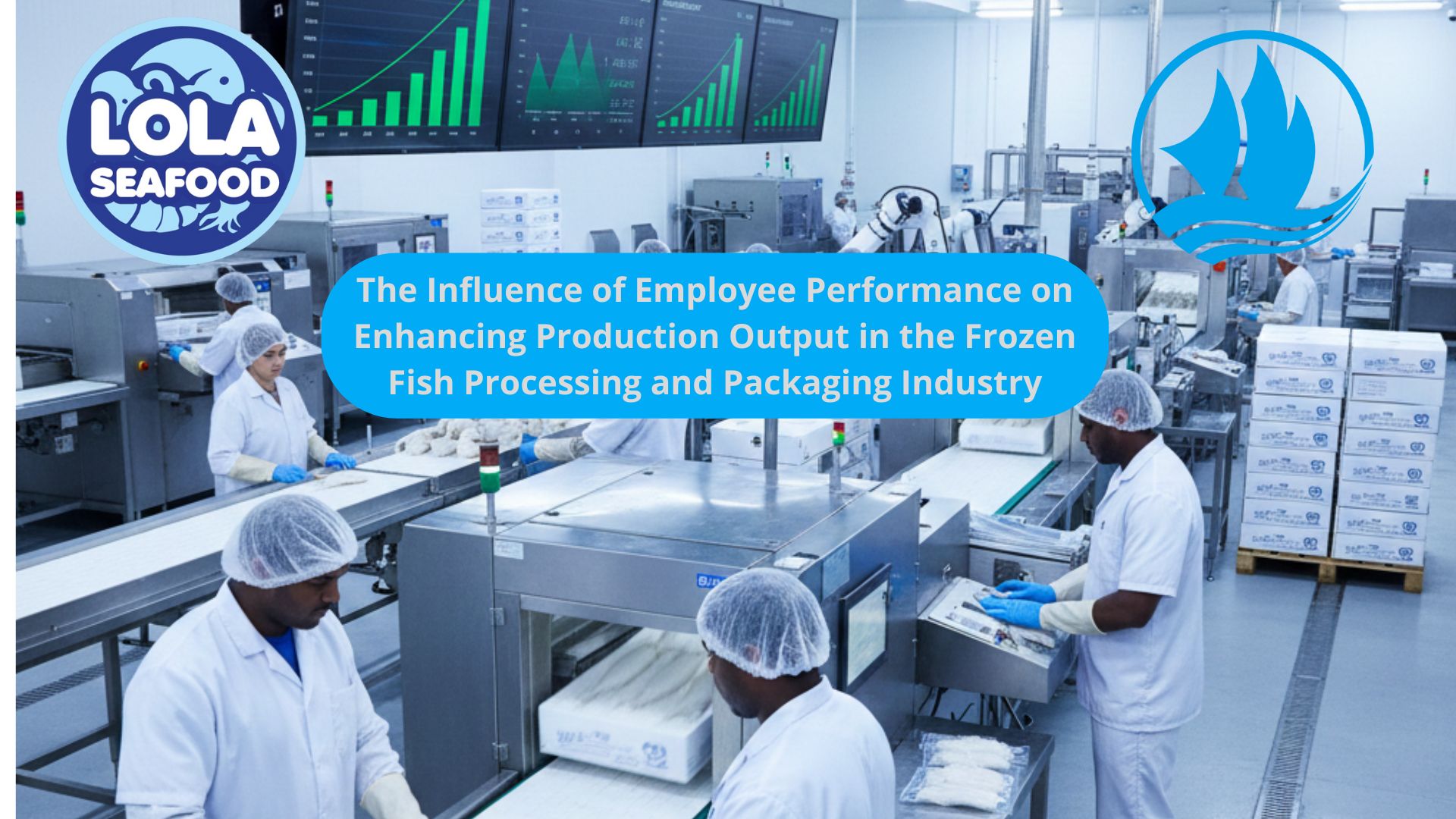

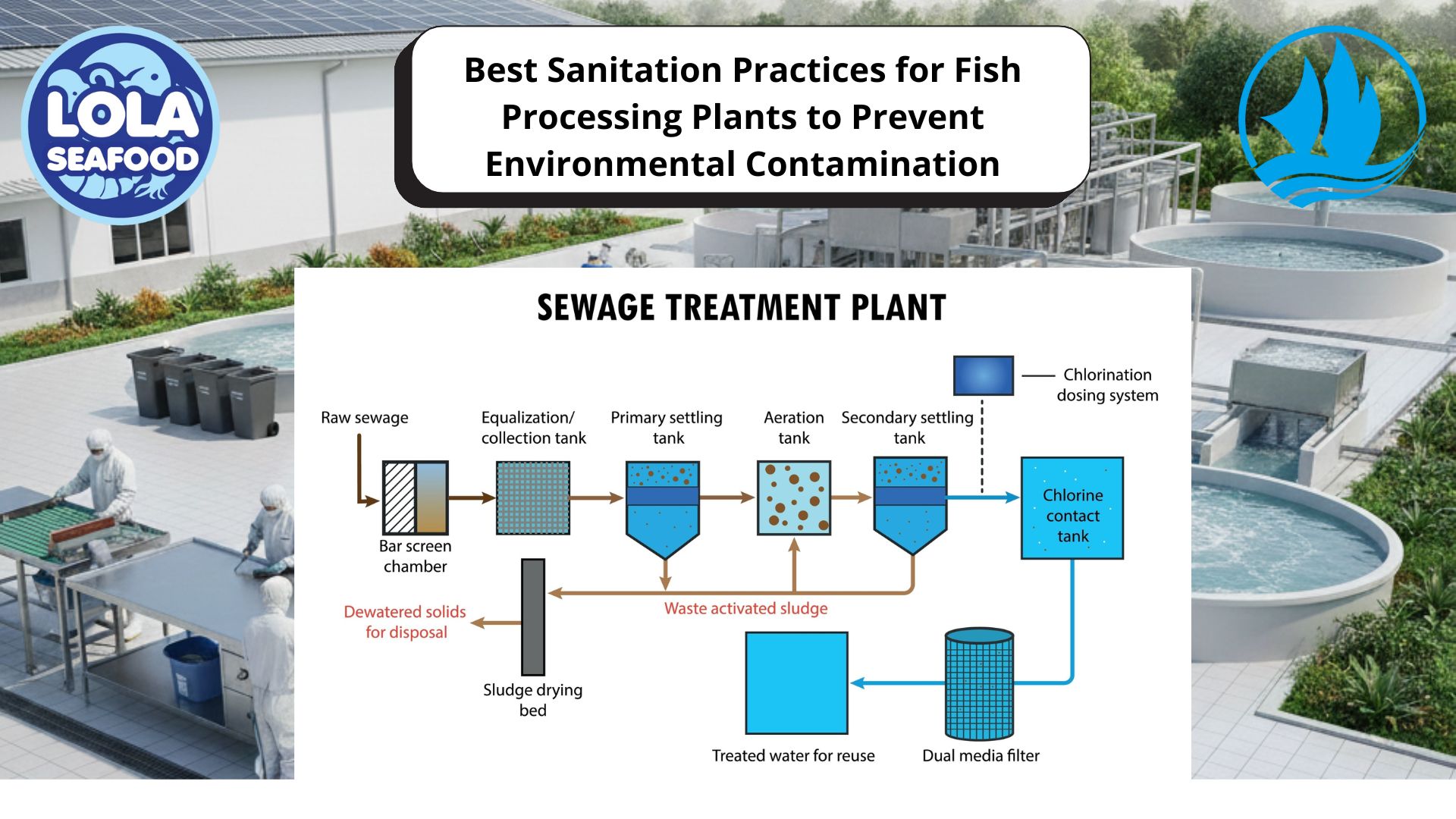
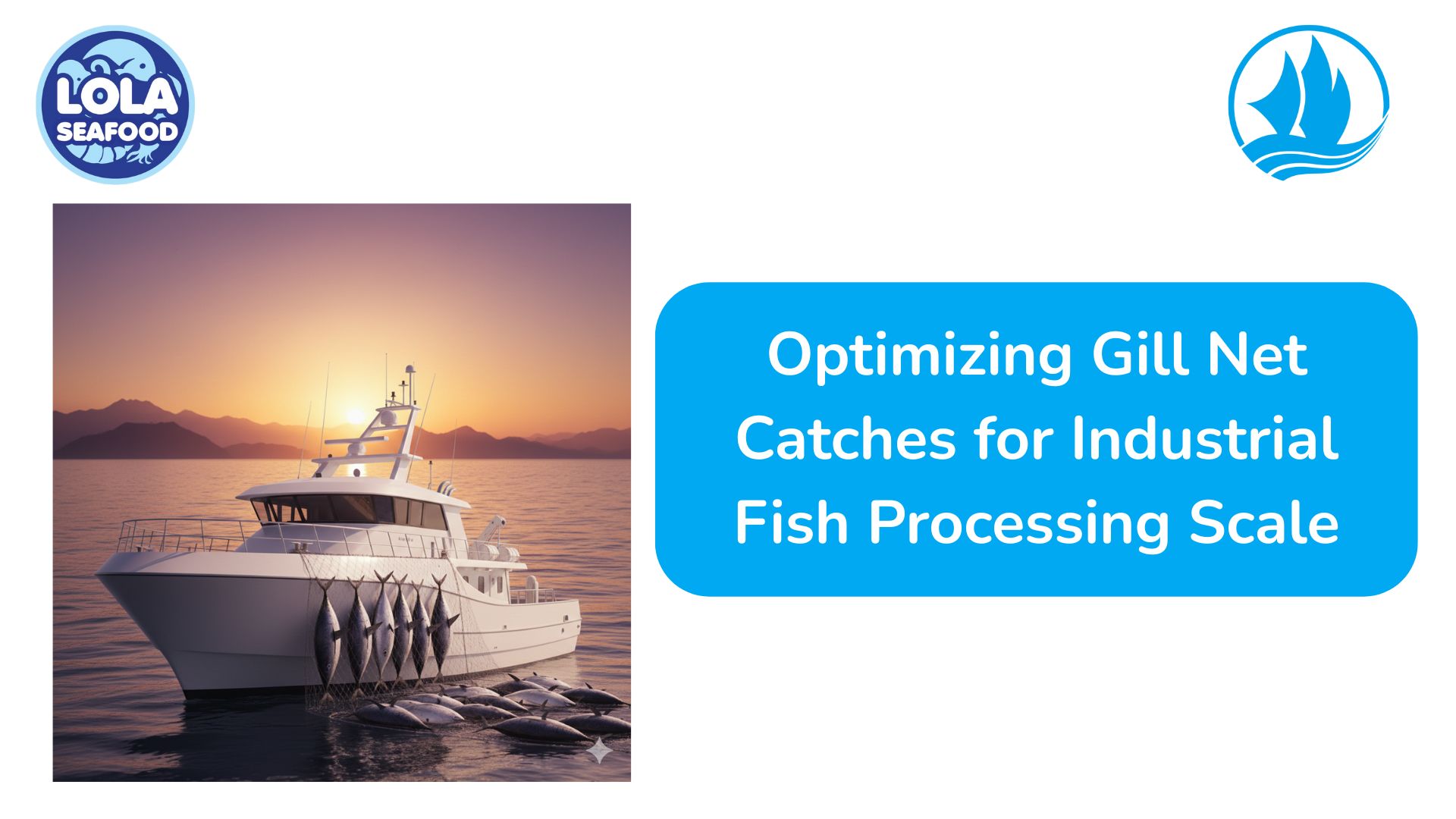
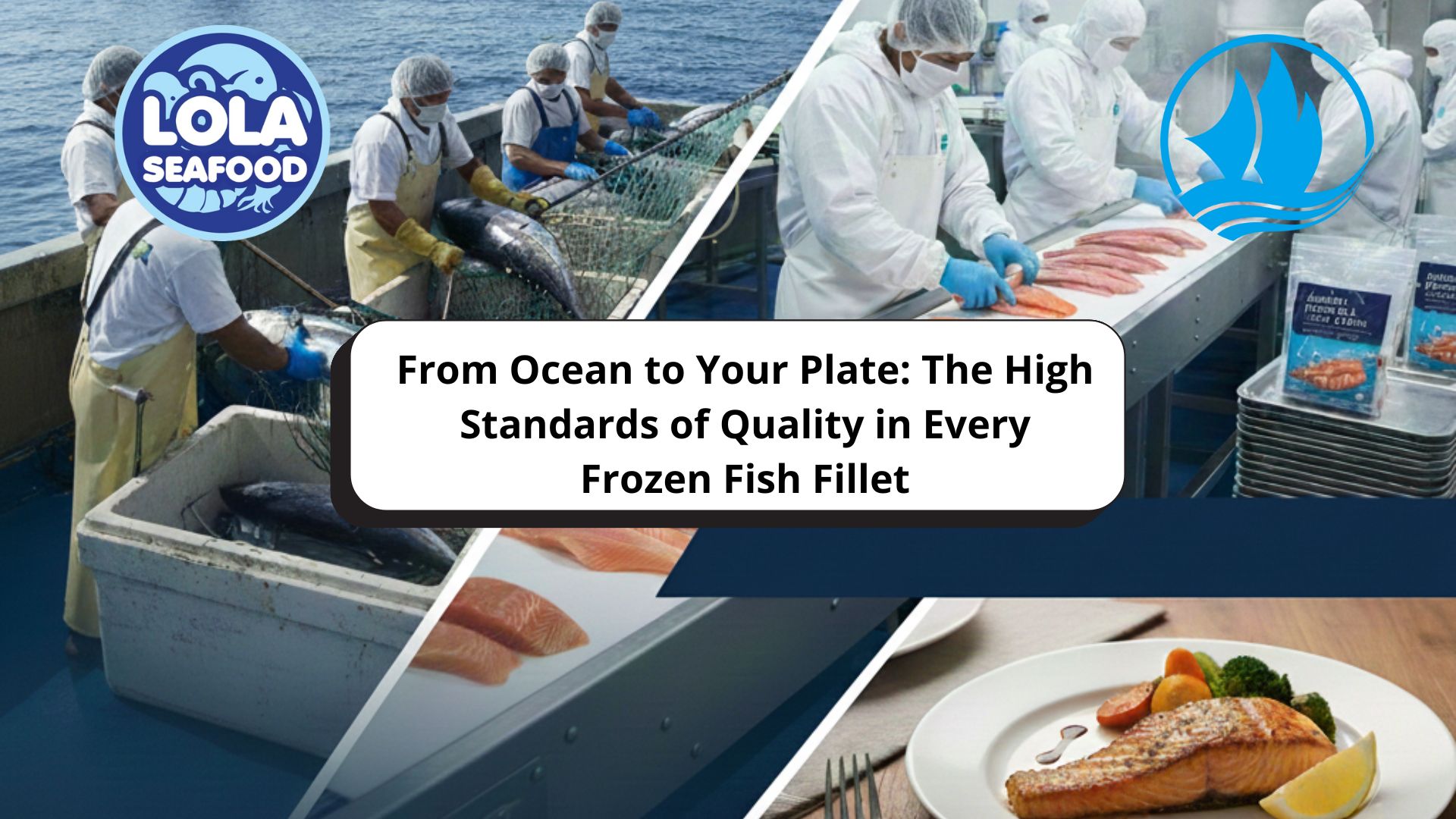
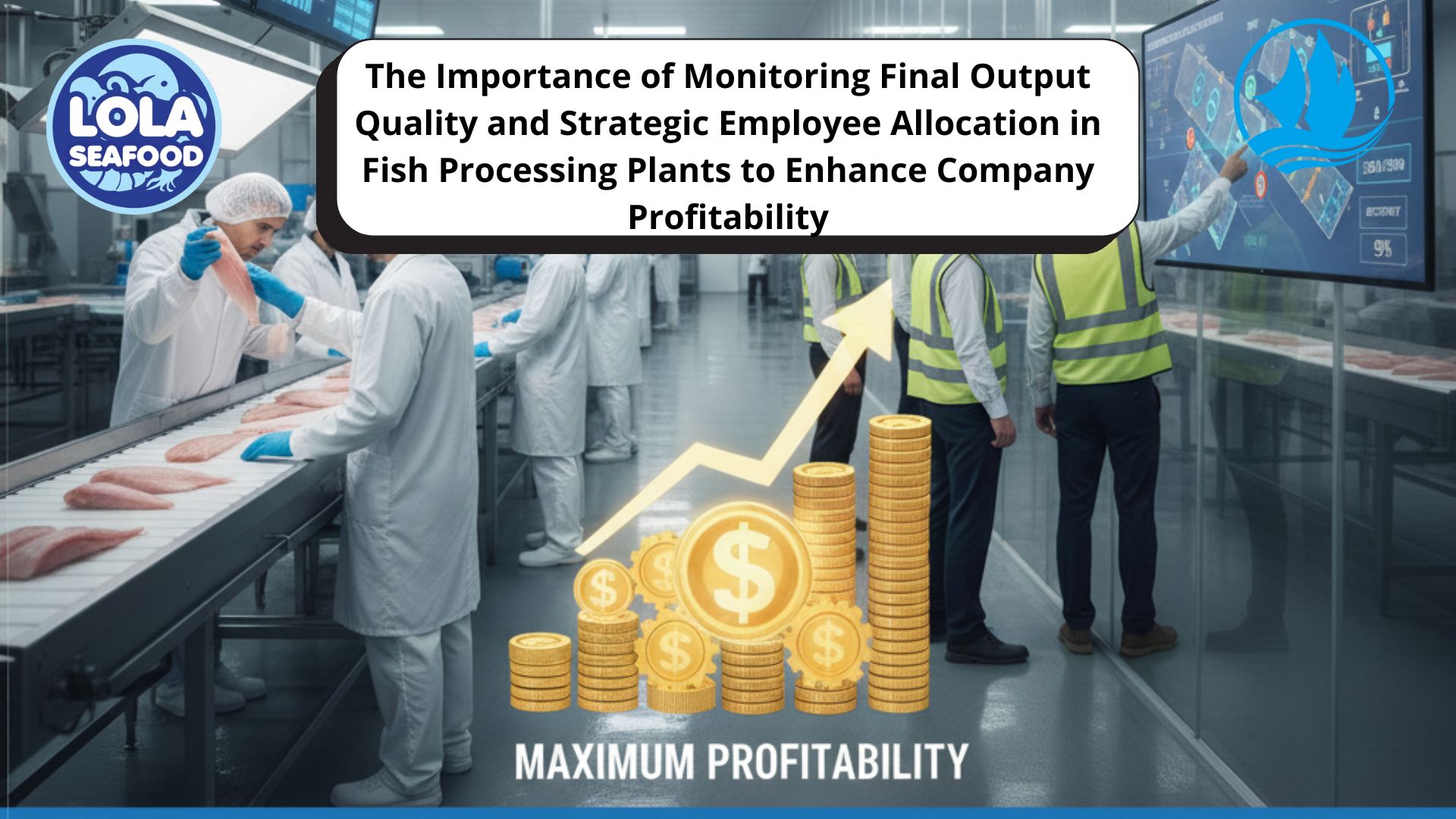
.jpg)